Adopting a puppy is a joyful journey filled with cuddles and playtime, but it can quickly turn worrisome when your new furry friend starts biting.
Understanding why puppies bite and how to appropriately train them to stop is essential for every pet owner.
Here’s an SEO-optimized guide on tackling puppy biting with patience and consistency.
Understanding Puppy Behavior: The Cute Little Biters
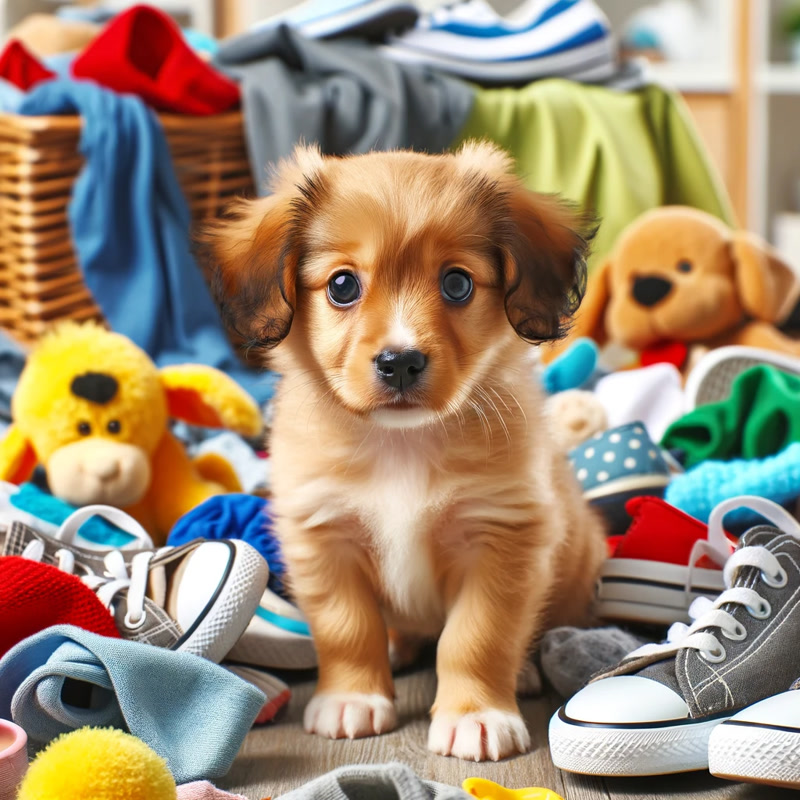
Puppies are irresistibly adorable, but their constant biting can test your patience.
It’s crucial to understand that puppies, like human babies, explore their world by mouthing.
They use their teeth to interact with their environment, which includes you!
This behavior is not out of aggression but curiosity and teething discomfort.
The Journey of Teaching Bite Inhibition
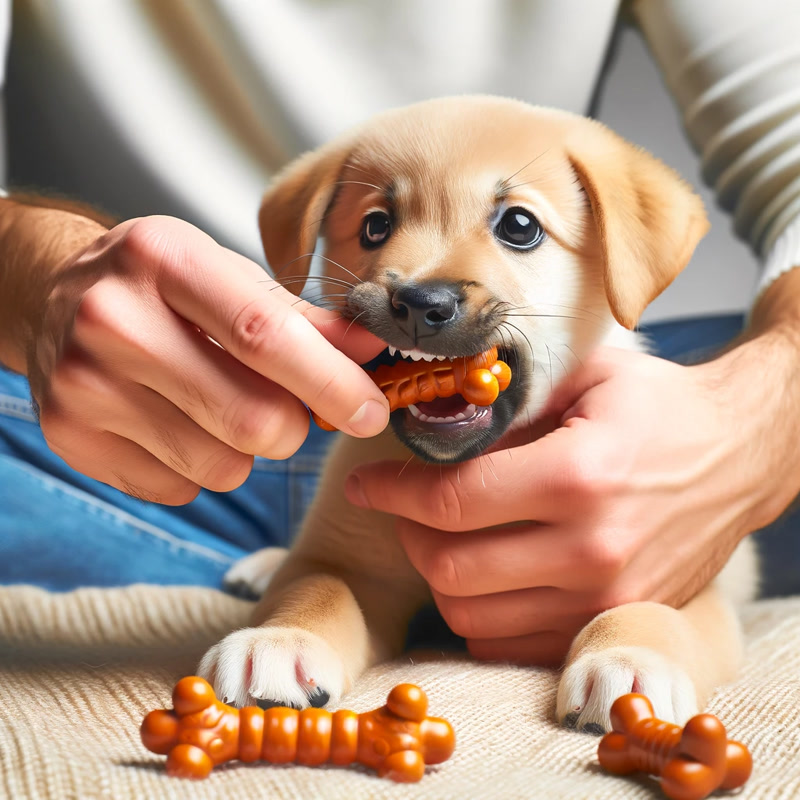
Bite inhibition is a critical lesson for your young dog.
It involves teaching your puppy the force of his bite and encouraging gentler behavior.
This learning begins naturally among littermates but needs continuation when the puppy enters your home.
Establishing clear boundaries and consistent training are key to successfully teaching bite inhibition.
3 Proven Methods to Discourage Biting
1. Redirect to Appropriate Objects
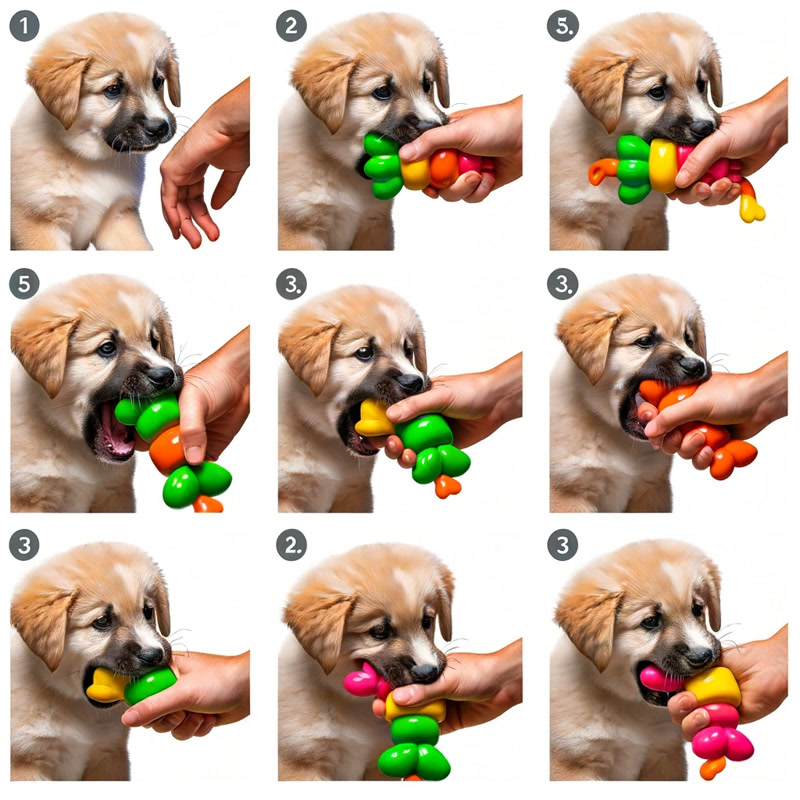
Redirection is a fundamental technique in puppy bite training.
Whenever your puppy attempts to bite you, introduce a toy or chewable object.
This method doesn’t just stop the biting; it teaches your puppy what is acceptable to bite.
Remember, consistency is crucial – ensure every bite is met with redirection.
2. Promote Socialization for Better Manners

Introducing your puppy to other dogs and people is an effective way to curb biting.
Socialization teaches puppies how to interact appropriately and learn bite inhibition from other dogs.
Consider enrolling your puppy in socialization classes or arranging playdates with well-behaved adult dogs.
3. Implement Clicker Training for Impulse Control
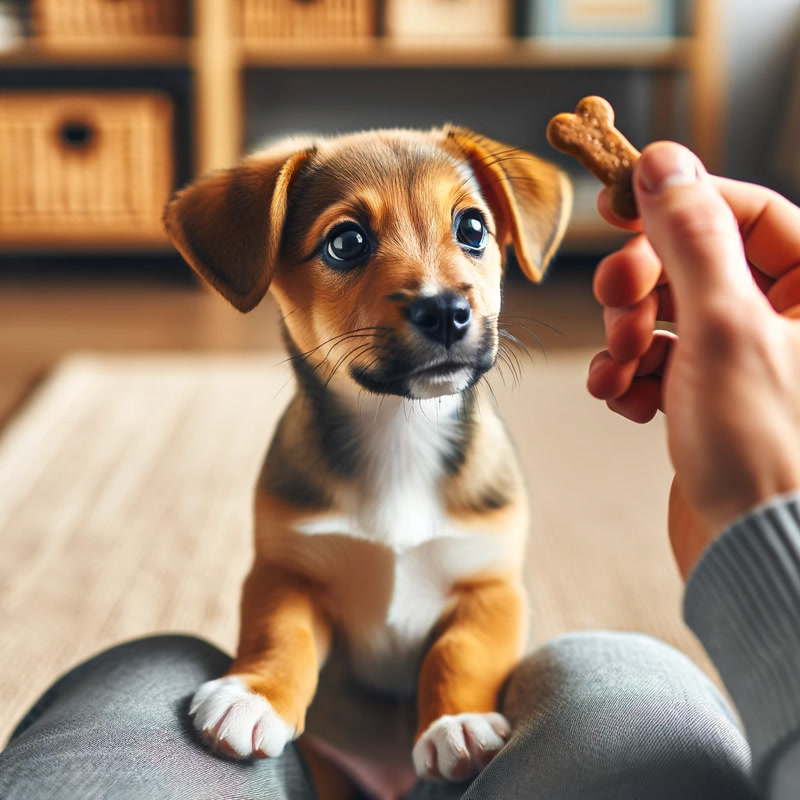
Clicker training is an excellent way to teach puppies self-control and desirable behaviors.
By marking the exact moment your puppy stops biting with a click and a treat, you reinforce the behavior you want.
This method requires patience and repetition but is highly effective in establishing good habits.
The Reality of Bite Training: Patience is Key
Training a puppy not to bite takes time, effort, and a whole lot of patience.
It’s a gradual process that requires consistent reinforcement from the entire family.
Understand that each puppy is unique, and what works for one may not work for another.
Stay committed, and slowly but surely, your puppy will learn.
Conclusion
While puppy biting is a natural behavior, it’s crucial for pet owners to guide their furry friends towards gentler interactions.
Understanding the reasons behind biting and implementing consistent training techniques will ensure that your puppy grows into a well-behaved adult dog.
Remember, the key to success is patience, consistency, and positive reinforcement.
With these methods, you’ll be able to enjoy a bite-free life with your puppy in no time.

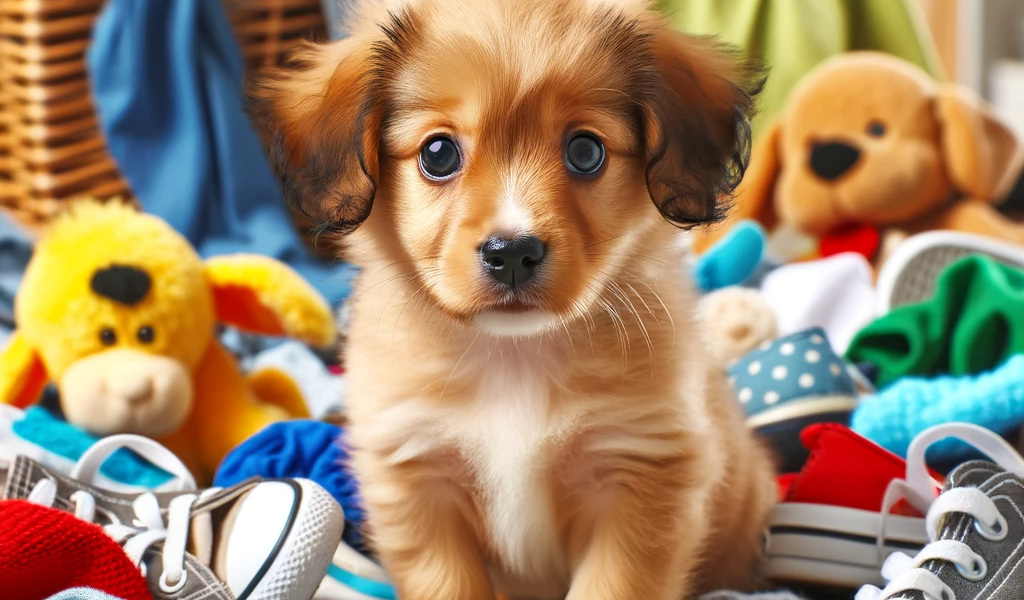

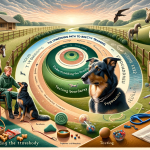


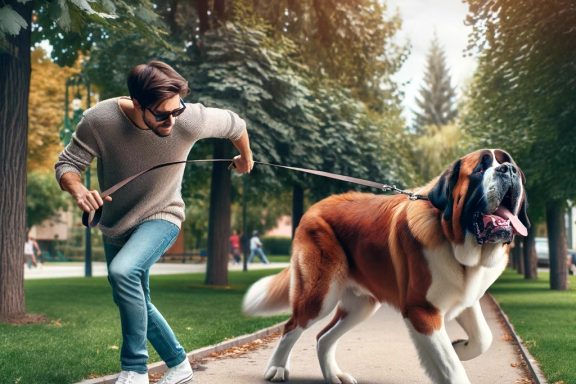
No Comments